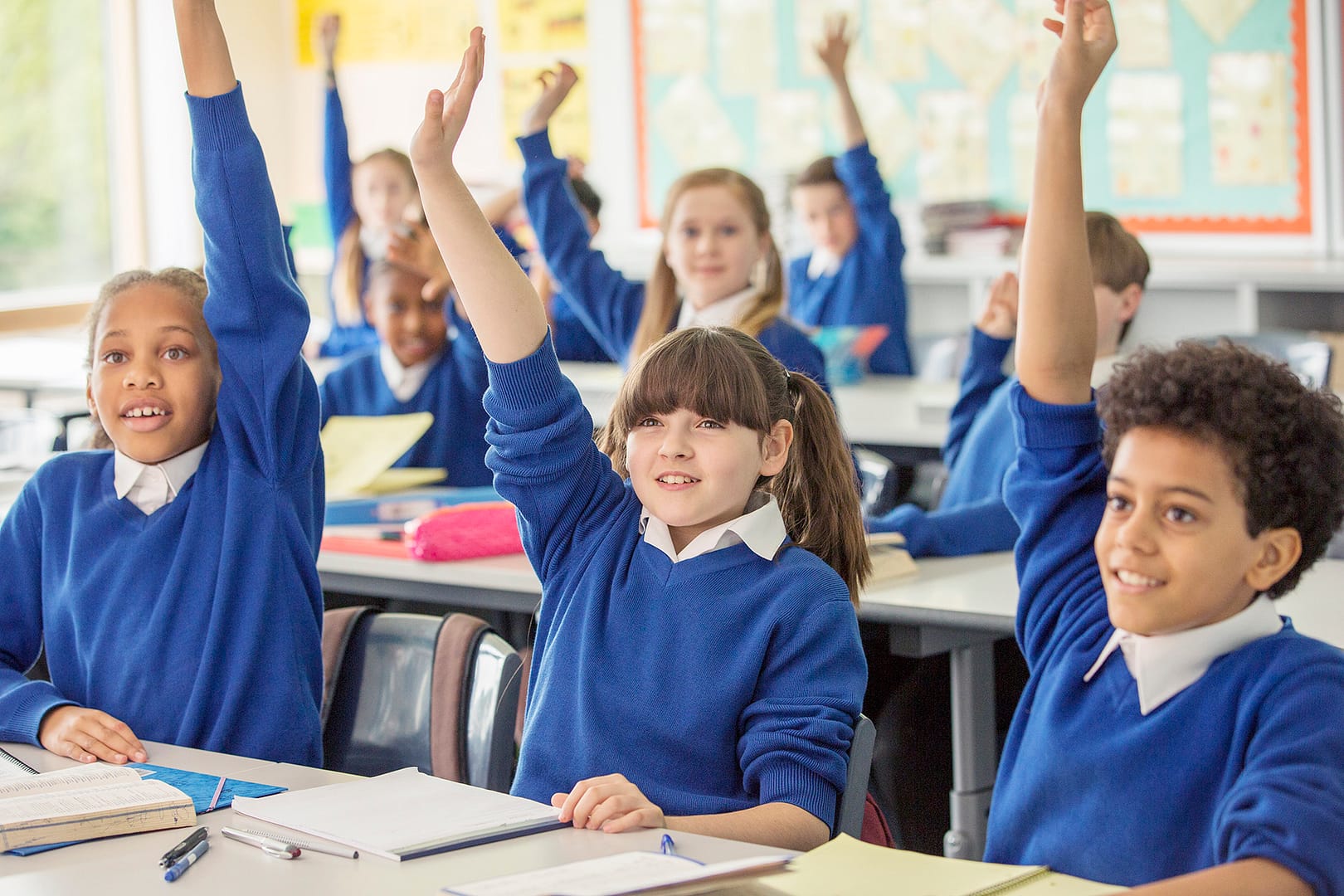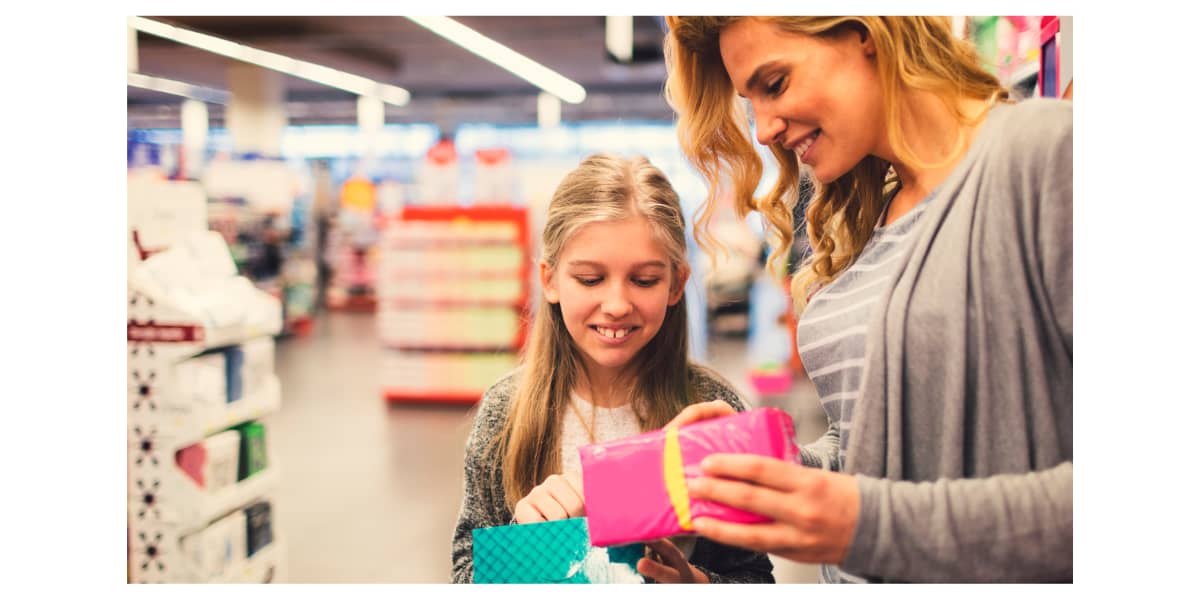Teaching Puberty In Primary School
Written by Sarah Huggins
Published on 17th June 2022
Last Updated: 31st July 2024
Written by Sarah Huggins
Published on 17th June 2022
Last Updated: 31st July 2024

The statutory guidance for Relationships and Sex Education (RSE) has made the teaching of puberty statutory in primary schools. Many people see this as long overdue; it is a biological fact that puberty is beginning earlier, and it is vital that all children at primary school are prepared.
Indeed, paragraph 89 of the guidance states:
“The onset of menstruation can be confusing or even alarming for girls if they are not prepared. Pupils should be taught key facts about the menstrual cycle, including what is an average period, range of menstrual products and the implications for emotional and physical health. In addition to curriculum content, schools should also make adequate and sensitive arrangements to help girls prepare for and manage menstruation, including with requests for menstrual products.”
The teaching requirements for health education mean that by the end of primary education, pupils should know key facts about:
So, it is appropriate to begin teaching in Year 4. Some schools may decide to begin earlier than this to meet the needs of their pupils. And teachers should always check their own school’s policies and procedures and ensure they follow these when teaching sensitive topics in RSE.

Creating a safe learning environment is vital in all Personal, Social, Health and Economic (PSHE) education, particularly when you are dealing with sensitive issues. It is essential to create ground rules or group agreements, signpost sources of help, and depersonalise the learning, as both children and staff can feel worried about discussing puberty.
These rules should be negotiated with the children and, as much as possible, be written in their words. Staff should ensure that both themselves and the class understand the following:
You could provide a ‘worry box’ or ‘worry monster’, to be seen only by the teacher if pupils have any questions they don’t want to share in front of the class.
Remember that ground rules can be revisited and adjusted and that new rules can be added if necessary.
It is crucial to ensure all children are included. You should consider any exceptional circumstances that may impact the teaching for the class, for example, children with special or additional needs. Whatever the nature of a child’s special needs, they are likely to experience puberty at a similar age to their peers and so need to be able to access the learning to meet their needs. Differentiation of lessons is therefore vital and could include adapting activities or additional input through small groups or one-to-one discussions.
Puberty affects males and females differently, so you may want to consider teaching in single-sex groups, but always think about how this will meet the needs of the children. If there are clear advantages to teaching in single-sex groups, for example, girls being able to ask questions about menstruation, then do so, but ensure that both sexes receive the same teaching.
Although sexuality will not be a primary focus in puberty lessons, staff must ensure they are inclusive. For example, when talking about attraction, acknowledge that children may feel attracted to someone of the same sex or the opposite sex.
The class teacher will usually be the best person to deliver puberty sessions. Bringing in a specialist who can offer additional expertise can be beneficial. Still, it is important for a member of staff to attend the session, to support with behaviour management, to note any safeguarding concerns and to help address key issues or sensitivities.
The statutory guidance sets out the overarching content; however, here is an overview of the topics you might include for different year groups.
These lessons will provide a general overview of puberty, including the physical differences between children and adults. You might also focus on personal hygiene and the early changes children may see in their bodies, such as body hair.
These lessons are key, as many children, particularly girls, will be experiencing changes. More detail should be provided on body changes, including naming the external and internal reproductive organs. Menstruation should be introduced, and girls should be given additional input on dealing with periods, including the type of protection available and procedures in school. More focus could also be given to the emotional changes during puberty.
It is important to recap learning from previous year groups to ensure all children understand the changes they will go through. All children, particularly girls, will benefit from more input on menstruation, including dealing with periods in secondary school.
Our puberty lessons in RSE & PSHE are accompanied by child-friendly and age-appropriate animated videos to make teaching less awkward!
Giving children time to ask questions and creating a safe space is key to puberty lessons. Dealing with questions can be extremely rewarding but also daunting. Here are some top tips to give them confidence.
The critical thing to remember is that providing a reliable answer is very important. Otherwise, a child could ask their peers or look online, possibly leading to them coming across unreliable or dangerous information.
Your school should have a policy (developed in consultation with parents) that outlines what will be covered in RSE & PSHE. However, informing parents of the school terms during which you will cover specific topics, such as puberty, is good practice. This means parents can talk to their children before the session if they wish and are ready for any questions they might be asked afterwards.